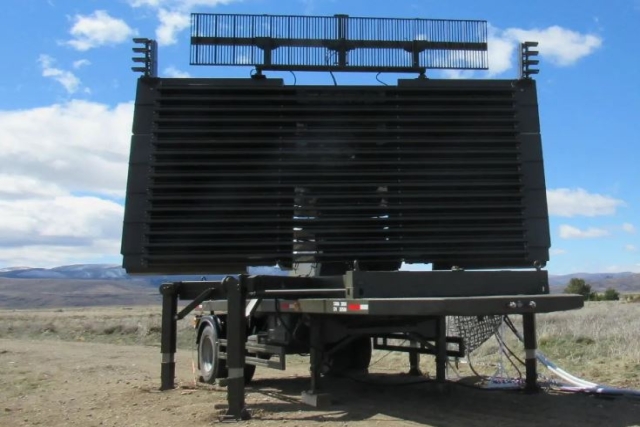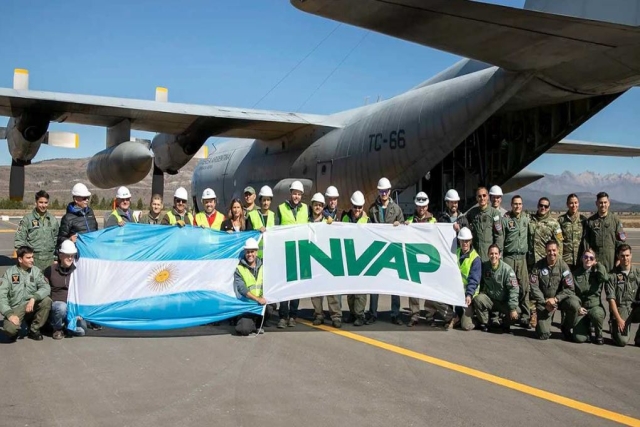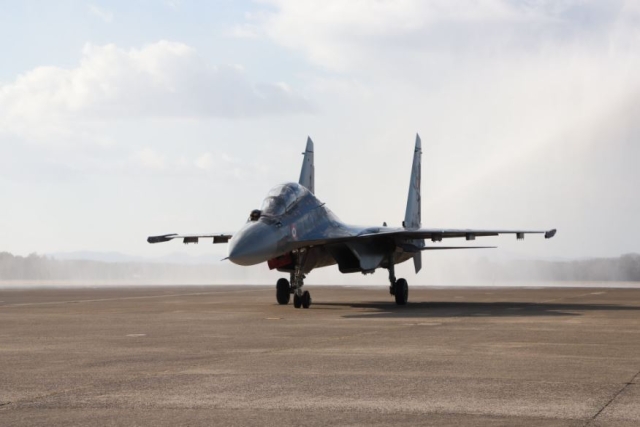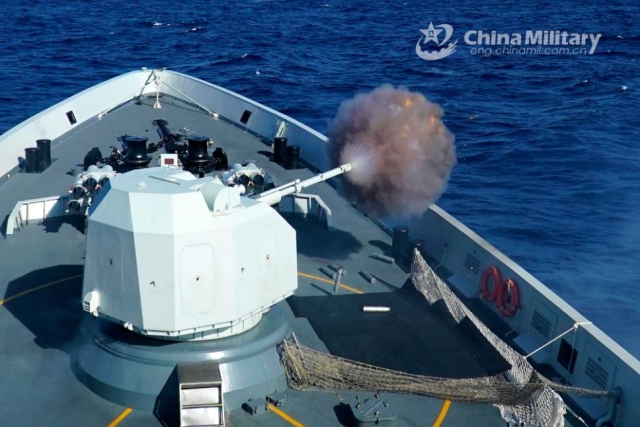Argentina's Invap Delivers Two 3D Primary Radars to Nigeria

Argentinian firm Invap delivered two 3D primary air traffic radars to Nigeria, marking the first export of a high tech equipment to the African country from Argentina.
According to unconfirmed reports published today, Argentine Air Force’s C-130H, carrying radars, flew to Nigeria.
Derived from the long-range version RPA-240T, Invap’s RPA-170M 3D mid-range air defense mobile radar can detect and track low- speed, low-altitude targets. It can be used in national defense and homeland security, border control, and counter-drug operations. The integration of the secondary interrogator, make it also useful as a backup sensor for civil air traffic control.
The RPA-170M employs an electronic pencil beam elevation scanning phased array antenna, and digital techniques for both waveform generation, beamforming, and signal processing. Its software-defined operation provides the system flexibility, to adapt to different functional requirements in the most varied operating environments. In particular, the specially designed low elevation beams show excellent performance in the detection of small low altitude aircraft.

The multi-beam low side-lobe level antenna is driven by multiple Solid State Transmit/Receive Modules (MTR).
The radar has an advanced set of Electronic Counter-Counter Measures (CCME) that allows it to maintain performance for target detection, even in complex electronic warfare scenarios. For this, it has dedicated antennas, receivers and processors, which together with specific processing algorithms, allow it to counter a wide variety of electronic attacks.
Radar configuration, control, diagnosis, and operation are performed through simple and intuitive graphical interfaces. This accelerates the personnel learning curve, minimizing the time and costs of new units deployment and commissioning.
The complete system, which includes two operating and communication stations, is contained in the space of two 20-foot ISO cabins that can be transported by any vehicle with standard fixings. All the necessary equipment to enter into operation can be transported in only one C-130.
Deployment and commissioning takes less than 30 minutes, with a staff of two minimally trained people. It can be operated locally, constituting in itself a complete command, control and communications center (C3), or remotely and practically unattended, being able to integrate into multi-sensor command systems. In any case, the operational configuration can be adapted according to the user’s requirement via datalink. Flexible interfaces, including Asterix standard data output, provide seamless integration to multi-sensor command and control systems.













